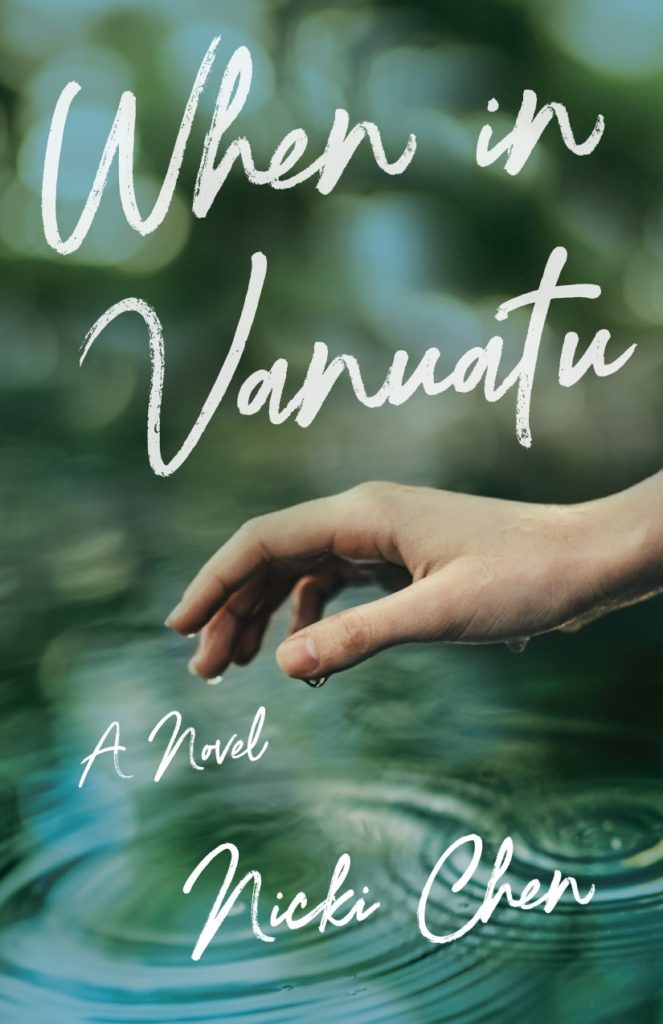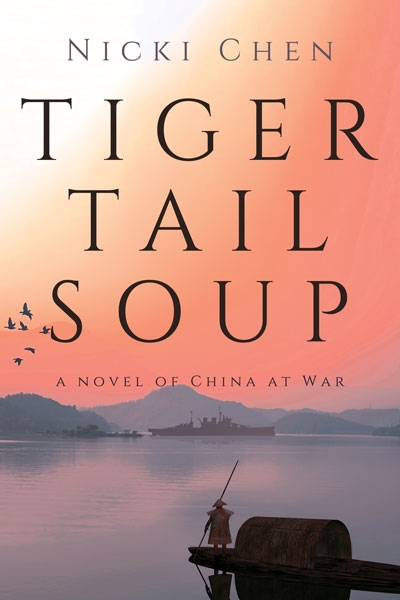The main characters in the novel I’m writing are a husband and wife. I’ve set the scene for them in lots of different places. They talk and fight in the car and at the beach. They talk and laugh and cry in the kitchen, dining room, and bedroom of their Manila apartment. They talk on the phone, and they go out to eat, together and with friends. That gives me a chance to write about food.
Like most cities around the world, Manila’s restaurants serve a variety of cuisines. So far my characters have talked and argued over eggs and pancakes at McDonalds. They’ve invited guests to a Spanish restaurant where they ordered paella Valenciana and sangria. When their electricity went out, they had Japanese food at a hotel restaurant.
Now they’re about to stop for a snack. And I can think of no better snack to go with the serious conversation I have in store for them than halo-halo especial. Unfortunately, a full description of halo-halo isn’t going to fit into the narrative of my novel, so I thought I’d write about it here.
Halo-halo (meaning mix-mix) allows for many variations. This is the way I remember it. They serve it to you in a tall, old-fashioned soda shoppe glass, the kind with a pedestal. If you ask for especial, it comes with a scoop of ice cream on top—mango or ube being the favorites. Through the glass, you can see crushed ice over messy layers of colorful, exotic ingredients.
The whole concoction requires some stirring with a long spoon. It’s up to the customer how much he or she wants to stir it and whether to eat the ice cream first or stir it in.
Here are some of the ingredients you might find in the messy, colorful layers at the bottom:
- Sweet red beans and/or sweet white beans
- Nata de coco and/or nata de piña
- Macapuno
- Jack fruit
- Sago (tapioca)
- Sweetened saba banana
- Sweet corn kernels
- Sweet potatoes
- Ube (a purple sweet potato)
Before topping the halo-halo with a scoop of ice cream, sweetened evaporated milk is poured over the ice.
Nata de coco and nata de piña are small, translucent, slightly chewy, jelly-like cubes. The nata de coco is made by fermenting grated coconut, coconut water, water, and sugar with acetic acid and a starter. Nata de piña starts with pineapple juice. They’re both delicious! Here are some instructions for making nata de coco. It’s easier, of course, to buy it already bottled.
Macapuno, another interesting and delicious ingredient, is the meat of a coconut from a naturally occurring mutant dwarf coconut tree. The coconut meat, instead of hardening into the firm, white solid coconut we’re used to seeing, remains soft and slightly translucent. It’s usually preserved in long shreds in a heavy syrup.
 Saba bananas are a Philippine variety of plantain. They’re used in cooking, mostly for desserts.
Saba bananas are a Philippine variety of plantain. They’re used in cooking, mostly for desserts.
Here’s wishing you a happy Thanksgiving, a great holiday for counting your blessings and enjoying family, friends, and lots of good food.






I’ve never even tasted half of your ingredients! Ube? It all sounds very sweet but I do like coconut and it looks pretty. I think this might be one for my daughter. 🙂 🙂 Wishing you a great weekend, and happy writing!
I don’t think I’d ever heard of any of the ingredients in halo-halo either. Ube (a purple yam) is one of my least favorites. It’s beautiful, though. The other ingredients are delicious. Thank you for the good wishes, Jo, and best wishes to you.
Then your novel has a fan. I love books that include food. Not only most people love to eat we all need food to survive. However, many books and movies don’t have a single scene including a meal. So kuddos to you. And that halo-halo seems very yummy to me since its confection involves many favorites ingredients. Cheers!
I can’t imagine how anyone could write a novel that doesn’t have people talking while they eat. That’s when we’re most likely to talk. Of course, in something like a police procedural, the characters talk while they’re investigating or committing crimes. In the kind of stories I write, friends and family members get together over a table to talk.
I hope you have a happy Thanksgiving, Evelyne. From what I know of your cooking and baking skills, I guess it will be tasty.
Thank you, Nicki. Happy Thanksgiving to you as well!
Very interesting dish . . . and post. Happy Thanksgiving, Nicki!
Happy Thanksgiving, Nancy.
I’ve had many halo-halos! For me, stirring it a lot is key, as I don’t like biting into “naked” ice. Another ingredient that I like on halo-halo is leche flan. And ALWAYS ube ice cream!! Chinese stores never have this flavour…
Ube ice cream is beautiful, but I love the taste of mango. (I know, it’s not that unusual.) Another interesting flavor for ice cream in the Philippines is sweet corn.
What a great memory of my time in Manila!
We had some good times there, Sue.
That’s to pretty too drink!
Isn’t it pretty. Appearance matters.
That is so impressive. Want.
Maybe Andy could make one for you. But wait, you’re the dessert lady.
Wow! I’m not familiar with these ingredients but put ice cream on it and I’ll try anything!
The ingredients are strange but surprisingly tasty. Ice cream must be everybody’s favorite food. That and bacon.
Wow! That’s huge! Looks like drinks I’ve seen in China and in a restaurant I usually go the food of which most closely resembles what I had in China. 😄 😁
My friend Gus, who was born in the Philippines, made a drink that was like halo-halo. It was sooo good.
I could make it at home, I suppose. I’ve seen most of the ingredients in the big Asian grocery store, Ranch 99. I’ve never gotten around to making it, though. That was nice of Gus to make one for you.
This is the first time I’ve heard of halo-halo especial. It looks similar to quite a few of the ice-based drinks I’ve come across in South-East Asia. This one really does look tall, and I presume it would be perfect for a warm tropical day. I would most certainly eat the scoop of ice-cream first, and if I wanted my drink to be more creamy, stir it in.
It’s interesting to note how many fresh ingredients there are in this drink. It does sound like a very sweet drink. I wonder if too much natural sugars are bad for you, though. Those saba bananas are so cute. When I lived in Malaysia, sometimes I’d eat bananas these small and they were usually much more sweet then the bigger ones 🙂
We were new in the Philippines, fresh from the United States, when I tasted my first halo-halo. I thought it was so unusual and delightful. I soon found out that similar treats are popular all over Asia. In fact, they’re not hard to find in Seattle now.
Saba bananas are actually quite big. In the photo they probably look small because of their shape. They’re delicious when cooked, but not so good raw. The tiny, sweet bananas are called “senoritas” in the Philippines.